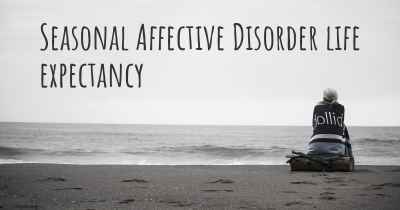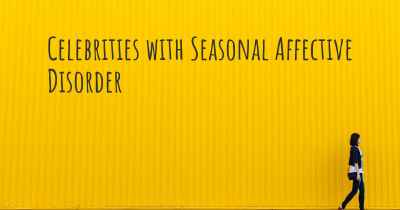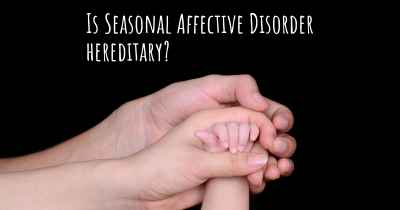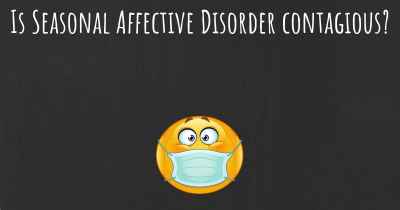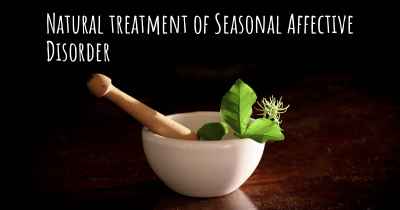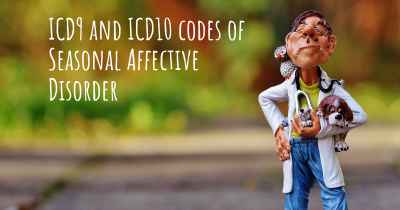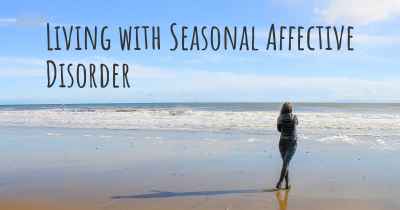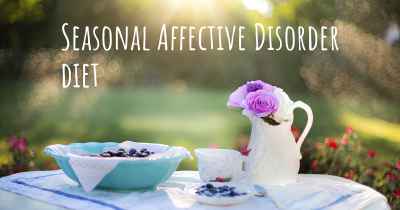What is the history of Seasonal Affective Disorder?
When was Seasonal Affective Disorder discovered? What is the story of this discovery? Was it coincidence or not?
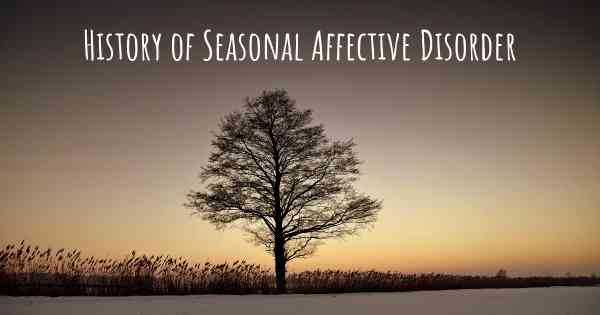
Seasonal Affective Disorder (SAD) is a type of depression that occurs during specific seasons, most commonly in the fall and winter months. It is characterized by symptoms such as low mood, lack of energy, and changes in sleep and appetite patterns. SAD was first identified and named in the early 1980s, but its history can be traced back to ancient times.
Ancient Observations:
The concept of seasonal depression can be found in ancient texts and cultural practices. For instance, in ancient civilizations such as the Greeks and Romans, there were references to a condition known as "melancholia," which was believed to be more prevalent during certain seasons. Similarly, in Ayurvedic medicine, an ancient Indian system of healing, there is a recognition of seasonal variations in mood and energy.
Modern Discoveries:
The modern understanding of SAD began to take shape in the 20th century. In the 1970s, a team of researchers led by Dr. Norman Rosenthal at the National Institute of Mental Health (NIMH) in the United States started investigating a specific type of depression that seemed to be related to the changing seasons. They noticed a pattern of depressive symptoms recurring in the fall and winter months and improving in the spring and summer.
Identification and Naming:
In 1984, Dr. Rosenthal and his colleagues published a landmark paper describing this phenomenon as "Seasonal Affective Disorder." They proposed that the reduced exposure to natural light during the winter months played a significant role in triggering the condition. This groundbreaking research brought attention to SAD and helped establish it as a distinct form of depression.
Causes and Mechanisms:
Since the discovery of SAD, numerous studies have been conducted to understand its causes and underlying mechanisms. One prevailing theory is that reduced sunlight exposure disrupts the body's internal clock, known as the circadian rhythm, and affects the production of certain neurotransmitters, such as serotonin, which regulate mood. Additionally, changes in melatonin levels, a hormone that regulates sleep-wake cycles, have also been implicated in SAD.
Treatment and Management:
Over the years, various treatment options have been developed to alleviate the symptoms of SAD. Light therapy, also known as phototherapy, is a commonly recommended treatment where individuals are exposed to bright artificial light to compensate for the reduced natural light during the winter months. Antidepressant medications, psychotherapy, and lifestyle modifications, such as regular exercise and maintaining a healthy sleep schedule, are also effective in managing SAD.
Prevalence and Impact:
SAD is more prevalent in higher latitudes, where there are significant seasonal variations in daylight. It is estimated that around 5% of the population in the United States experiences SAD, while a larger percentage may experience milder forms of seasonal mood changes. The disorder can significantly impact an individual's quality of life, affecting their relationships, work productivity, and overall well-being.
Continued Research:
Research on SAD continues to advance our understanding of the disorder. Scientists are exploring the role of genetics, environmental factors, and individual vulnerability in the development of SAD. Additionally, studies are being conducted to investigate new treatment approaches and interventions that can further improve the management of this condition.
In conclusion, Seasonal Affective Disorder has a rich history that dates back to ancient times. Modern discoveries and research have shed light on its causes, mechanisms, and treatment options. As our understanding of SAD continues to evolve, efforts are being made to raise awareness, improve diagnosis, and provide effective support for individuals affected by this seasonal form of depression.
